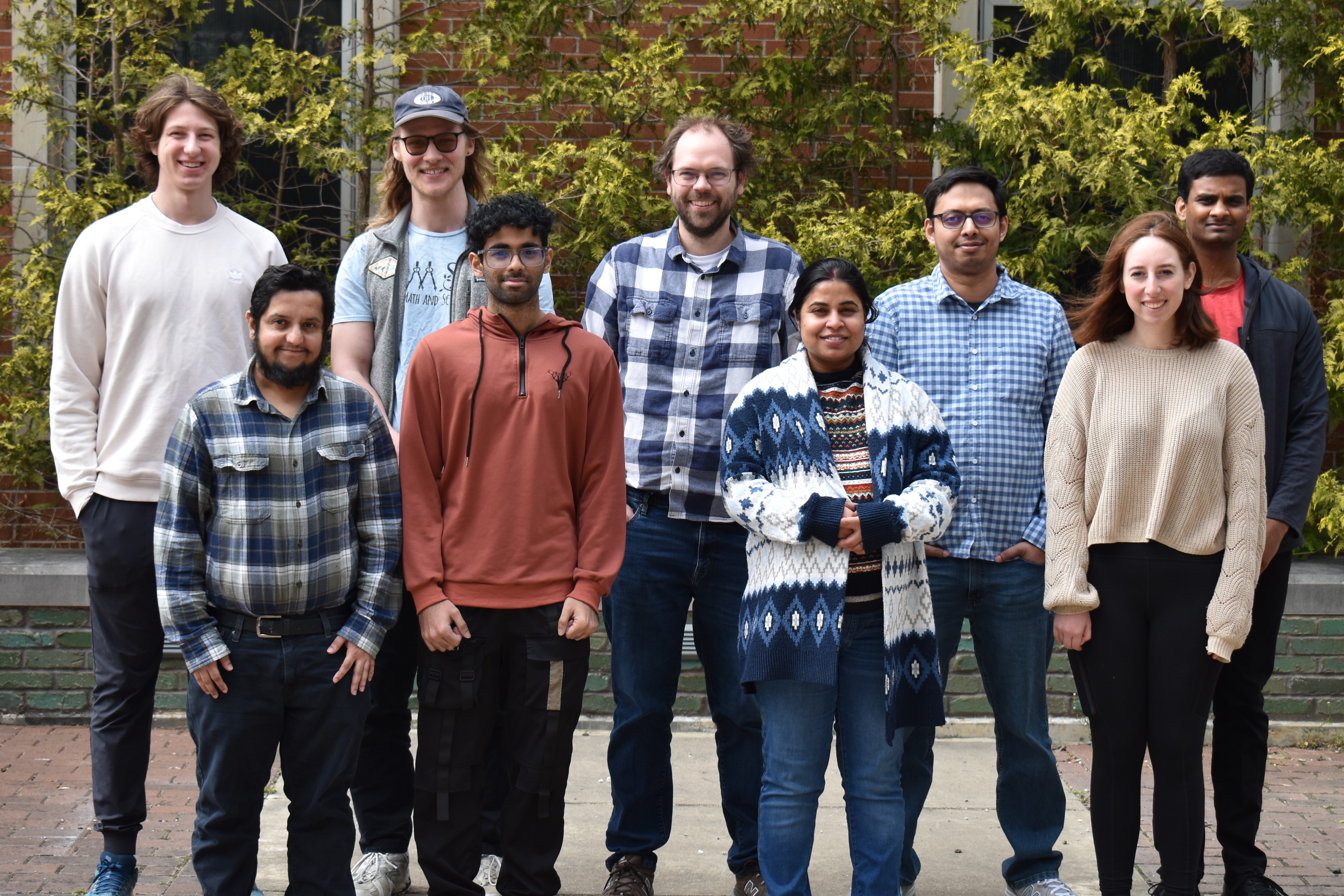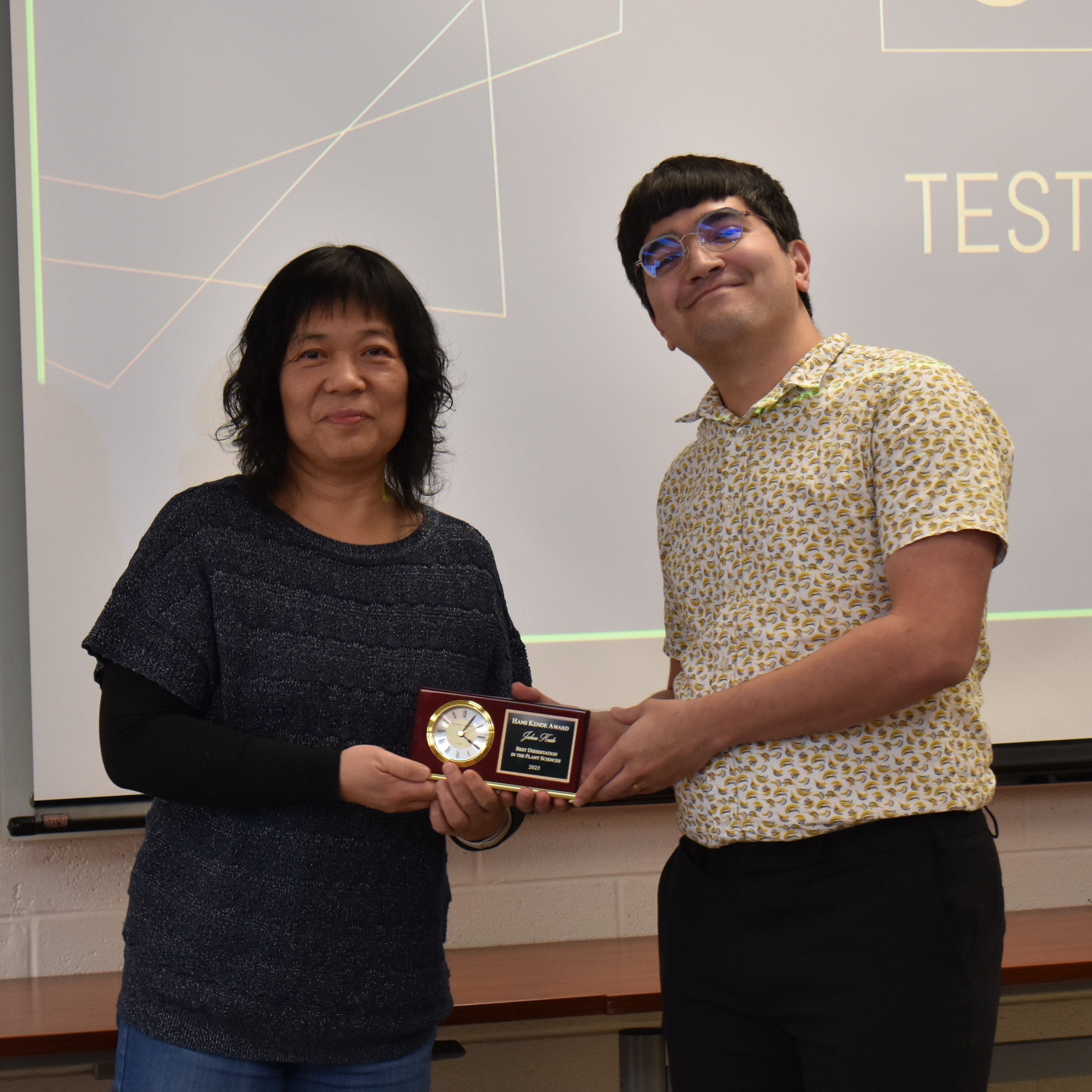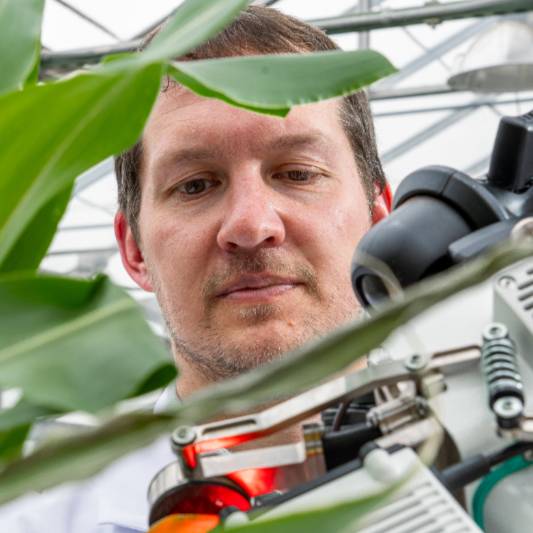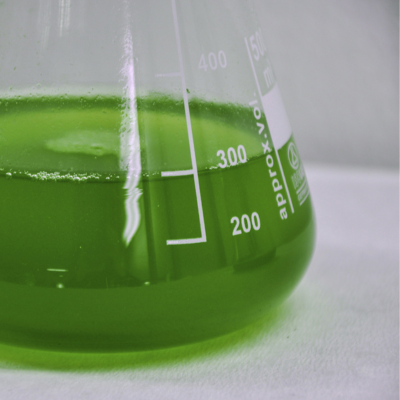Josh Vermaas awarded National Institutes of Health MIRA Grant
Article Highlights
- Josh Vermaas has received an approximately $1.8 million MIRA grant from the National Institutes of Health.
- The Vermaas lab is studying plant biochemistry and potential therapeutics using the computational method of molecular dynamics.
- The molecular picture of how chemicals in plants may interact with human biology can help discover new therapeutic drugs and cost-effective ways of making them.
Scientists are still uncovering new medicinal uses of plants, looking for new and improved therapeutics. Assistant Professor Josh Vermaas has been awarded a Maximizing Investigators' Research Award, or MIRA, from the National Institutes of Health to do just this. The grant, totaling approximately $1.8 million, will support research in Vermaas’s lab for five years.

By Josh Vermaas
“Plants are essential to human health, and that is why NIH thinks that this research is valuable,” Vermaas explained. Vermaas has appointments with the MSU-DOE Plant Research Laboratory and the Department of Biochemistry & Molecular Biology.
“Plants are amazing at complicated biochemistry and make a ton of potential therapeutics naturally,” Vermaas said. “The trouble is that we do not know exactly what these molecules do, or how to get them out of plants and into a patient where they can do the most good. That is fundamentally what I want to study through molecular simulation.”
The Vermaas lab uses computational biology tools to look at how plants work on a molecular level. This molecular picture allows researchers to project how chemicals may interact with human biology and also provides clues as to how to produce promising therapeutics cost-effectively.
Although humans can try to chemically synthesize new drug candidates, this process is much more time, cost and resource intensive than studying plants. The chemical synthesis route also often uses petroleum products as inputs.
“How do we make the things that help us survive and live and thrive sustainably?” Vermaas asked. “How do we make those sustainable products in a way that’s competitive or cheaper than their alternatives? There’s a long way between the science that we do on a computer and that vision. But that is the goal.”

By Kara Headley
“Josh Vermaas has brought new expertise to the PRL focusing on the modeling of fundamental molecular biological processes,” said Christoph Benning, director of the PRL. “The interaction with enzymes and transport of plant-based products is directly relevant to the mission of the PRL related to light capture and conversion by photosynthesis but is also applicable to drugs and proteins impacting human health. By awarding this grant to Josh Vermaas, NIH is recognizing his expertise and promise in the field, and we congratulate him on his continued success.”
According to its website, MIRA is “providing investigators with greater stability and flexibility, thereby enhancing scientific productivity and the chances for important breakthroughs. The program will also help distribute funding more widely among the nation's highly talented and promising investigators.”



